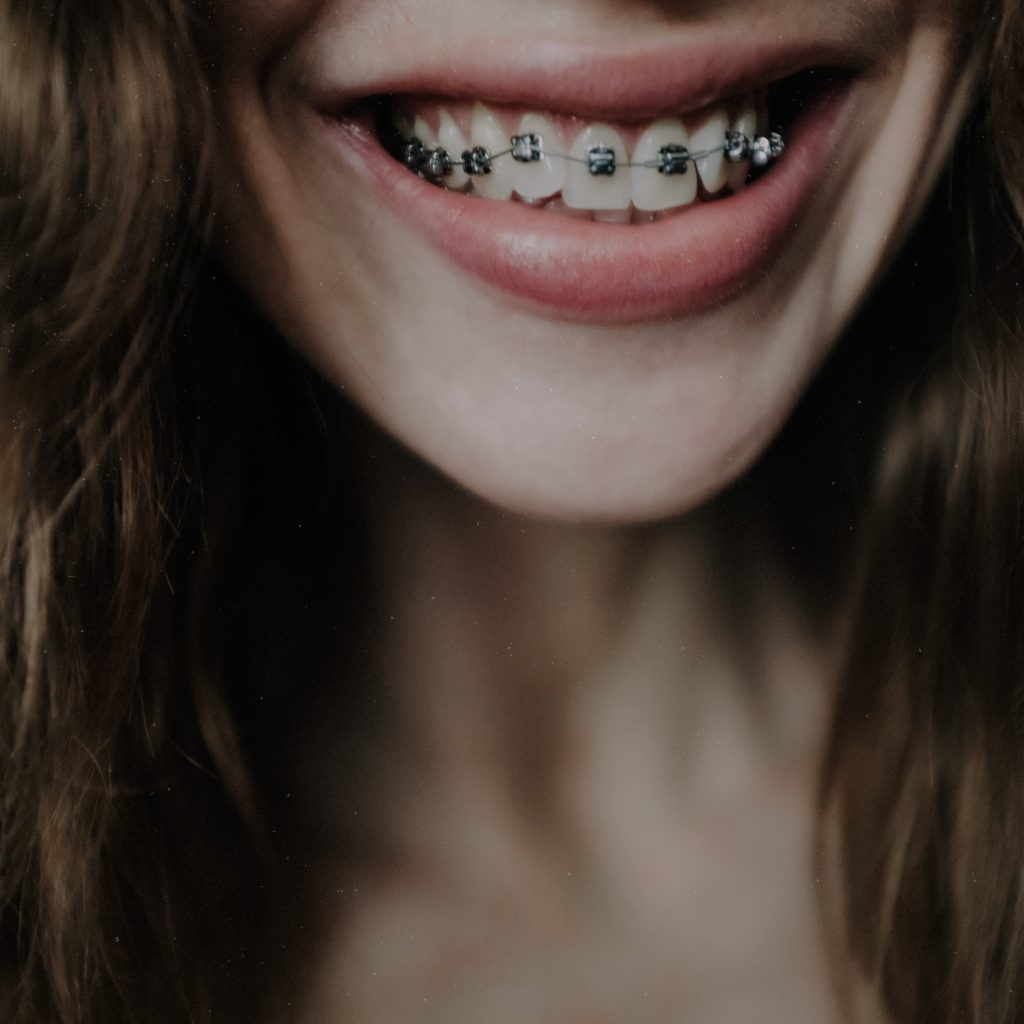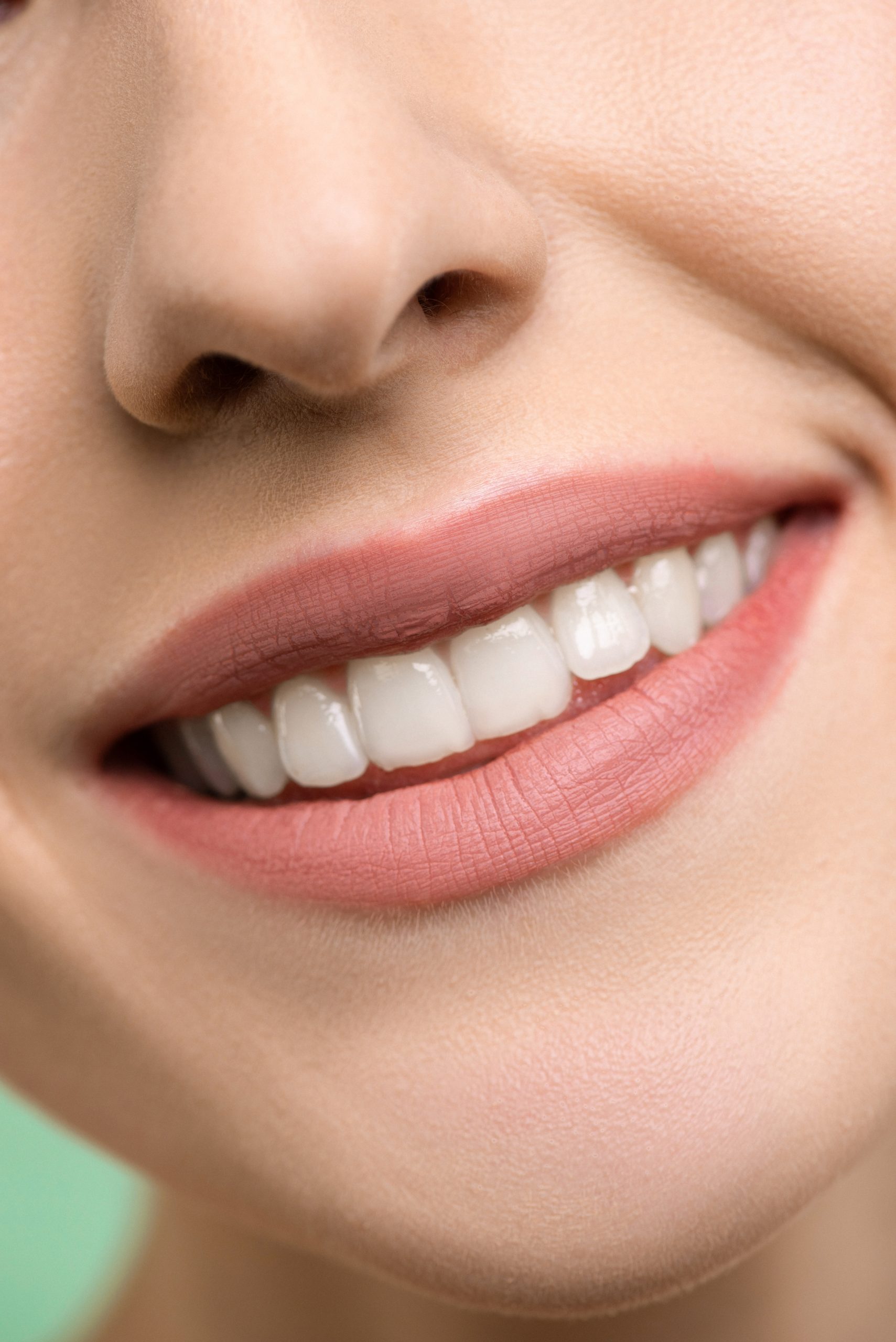Introduction to Invisalign vs Braces
It’s challenging to consider the upsides and downsides of Invisalign vs Braces. You want to straighten your teeth but can’t decide which direction.
You should do your homework, ask questions, and make an informed selection with the guidance of your Orthodontist. Your orthodontic condition also defines the type of orthodontic treatment appropriate for you. Invisalign isn’t always the ideal solution for all, so seeking professional advice from your Orthodontist is essential.
What is Invisalign?

The brand name Invisalign refers to a thin, precise alignment tool used in dental therapy. The aligner is built of SmartTrack, a flexible thermoplastic polymer. According to the American Association of Orthodontists, this device makes orthodontic treatment “less noticeable.” Though Invisalign aligners are not entirely invisible, they fit comfortably over your teeth and are far less evident than conventional braces’ brackets and wires.
How does Invisalign work?
As previously said, Invisalign is an orthodontic treatment that straightens teeth. But what exactly does that appear to suggest? So, how does Invisalign work?
Invisalign automatically uses computer-generated photos and imprints taken from your mouth by your dentist and their team to straighten your teeth. While traditional braces employ fixed wires to “pull” teeth into alignment, Invisalign uses molds to press your teeth into their upgraded position over many months.
This is a general summary of the Invisalign treatment. Later in the blog, we’ll look more closely at it.
Benefits of Invisalign
Invisalign Is More Attractive
The aligners are nearly unnoticeable, which is the primary advantage of Invisalign. Adult patients love that their coworkers and clients have no idea they’re wearing braces. Self-conscious teenagers are no exception. If you use Invisalign, you won’t have to deal with people remarking on your new braces. You won’t have to think about your grin in pictures because you’ll see how your smile is improving.
You can eat while wearing the aligners.
“Do you have to wear Invisalign at all times?” Patients usually have questions. For best results, Invisalign should be worn for 20 to 22 hours each day, which means you can eat. This means you won’t have to change your eating patterns or eating style. When wearing braces, certain dishes are hard or uncomfortable to eat.
Brushing and Flossing Your Teeth is Easier
During cleaning your teeth and when eating and drinking, you can remove your Invisalign retainers. Now there’s nothing on your teeth to bother about, and you can wash and floss as usual.
There is a decrease in the number of consultations required.
The Orthodontist does a lot of work with Invisalign before putting your aligners on. A 3D scan of your jaw creates all customized retainers in a laboratory. The different sets of retainers should be changed according to your Orthodontist’s guidelines. Since no adjustments are required, orthodontist visits are kept to a bare minimum to monitor progress. Less time away from work means fewer orthodontist appointments.
Drawbacks of Invisalign
For more complex difficulties, it’s less successful.
While the evidence from Trusted Source is limited, Invisalign is more effective for patients whose teeth only require minor adjustments. For more complicated disorders, your doctor may suggest another treatment approach. Invisalign might not be the best option for you if you have bridgework on your teeth.
It requires conformity
You must wear your Invisalign aligners for 20 to 22 hours to get the most out of them. It might not be the most excellent option for you if you think you’ll take them out more frequently.
When eating or drinking, you have to remove them.
You must remove your Invisalign before eating or drinking. Food or drink can get into them if you don’t. This encourages bacteria to thrive along the gumline and on your teeth, perhaps leading to cavities. Liquid can also soak down into them, staining the aligners and your teeth.
There are several food restrictions while wearing Invisalign
When the aligner is removed, you may suffer tooth sensitivity, limiting your meal options. Hard foods should be avoided in particular. Sounds bad. Right?
What are Braces?

Braces are dental appliances that correct issues with your teeth, such as crowding, crookedness, and misalignment. Teenagers are the most common braces users, but adults can also benefit from them. As you wear braces, they progressively straighten and realign your teeth, giving you a normal bite. Some people use braces to straighten their teeth.
How do braces work?
Braces work by applying sustained pressure to your teeth for long durations. The structure of your jaw changes over time to suit this pressure. We usually view our teeth as closely connected to our jawbone, making it difficult to fathom how they can be moved. However, beneath your gums exists a membrane that joins your teeth to your jawline and is enclosed by your bones. This barrier regulates the positioning of your teeth and reacts to the pressure generated on them by braces. Obtaining braces does not hurt during the session, and it usually takes one to two hours to complete. As you acclimate to your braces, you may suffer soreness during the first week. This is the process of how Braces work!
Benefits of Braces
You undoubtedly picture straight teeth when you hear of braces. Although aligning teeth is one of the biggest reasons orthodontists and dentists recommend braces, it isn’t. Wearing braces has far more advantages than just appearance. Accurate, orthodontic braces may provide you with a lovely smile, but let’s examine some other ways they can benefit your physical health.
Orthodontists say Braces Help improve Digestion.
The functioning of your teeth’ indigestion is crucial. Teeth must digest food before it can enter your stomach. If your teeth are crooked, it might be challenging to chew food up into small pieces. As a consequence, food digestion takes more time in the stomach. Food will be absorbed more readily and ultimately when you chew effectively with braces.
Braces Help You Have an overall Improved Oral Health.
When your teeth are misaligned or overcrowded, they may overlap and produce tight spaces. Straighter teeth are easier to brush, floss, and clean. Your teeth would become correctly aligned and separated due to orthodontic therapy, allowing you to cleanse your mouth more effectively.
Drawbacks of Braces
A regular need for adjustments is required.
Metal braces are considerably more uncomfortable and bothersome for active adults on the go when compared to the ease of Invisalign. This is because they need to be modified frequently.
These can also cause youngsters to skip school or work regularly.
Tightening is performed during these appointments, making your mouth and teeth irritable for a few days. Various tools, some of which are pointed, are used by the dentist during the sessions. These may scratch or harm your mouth. However, this is unusual. You might have to take time off from work and school.
It’s simple to overlook basic hygiene.
Sections of your tooth are hidden under the metal, making it impossible to reach certain areas. As a result, it’s straightforward to neglect your oral hygiene when wearing metal braces.
How to choose the better option?
Invisalign vs Braces is a close race. Invisalign may appeal to you if you’re an adult or have a self-conscious teen about their teeth. It may also appeal to you because it is detachable, allowing you to eat, drink, brush, and floss more naturally. However, if having to remove your trays for meals or while drinking anything other than water bothers you, Invisalign may not be the ideal option for you. Ensure to brush your trays before putting them back in after each meal to avoid staining. The exact chances of success for Invisalign vs Braces are tough, especially because Invisalign hasn’t been around long enough for long-term data to be gathered.
However, You don’t have a choice when it comes to braces! Anyways, we’d recommend you to take professional guidance for the same.
Invisalign vs Braces: Bottom Line
The truth is that the decision between Invisalign and braces boils down to personal choice. So, to make the most outstanding selection for you or your kid, consider the factors listed above. It’s also essential to see an orthodontist see if you’re a candidate for Invisalign. Certain circumstances may restrict you from obtaining this type of treatment. Don’t put off changing your smile and beginning to feel more confident. Whatever option you select, keep good dental hygiene and contact your Orthodontist if you have any questions!




